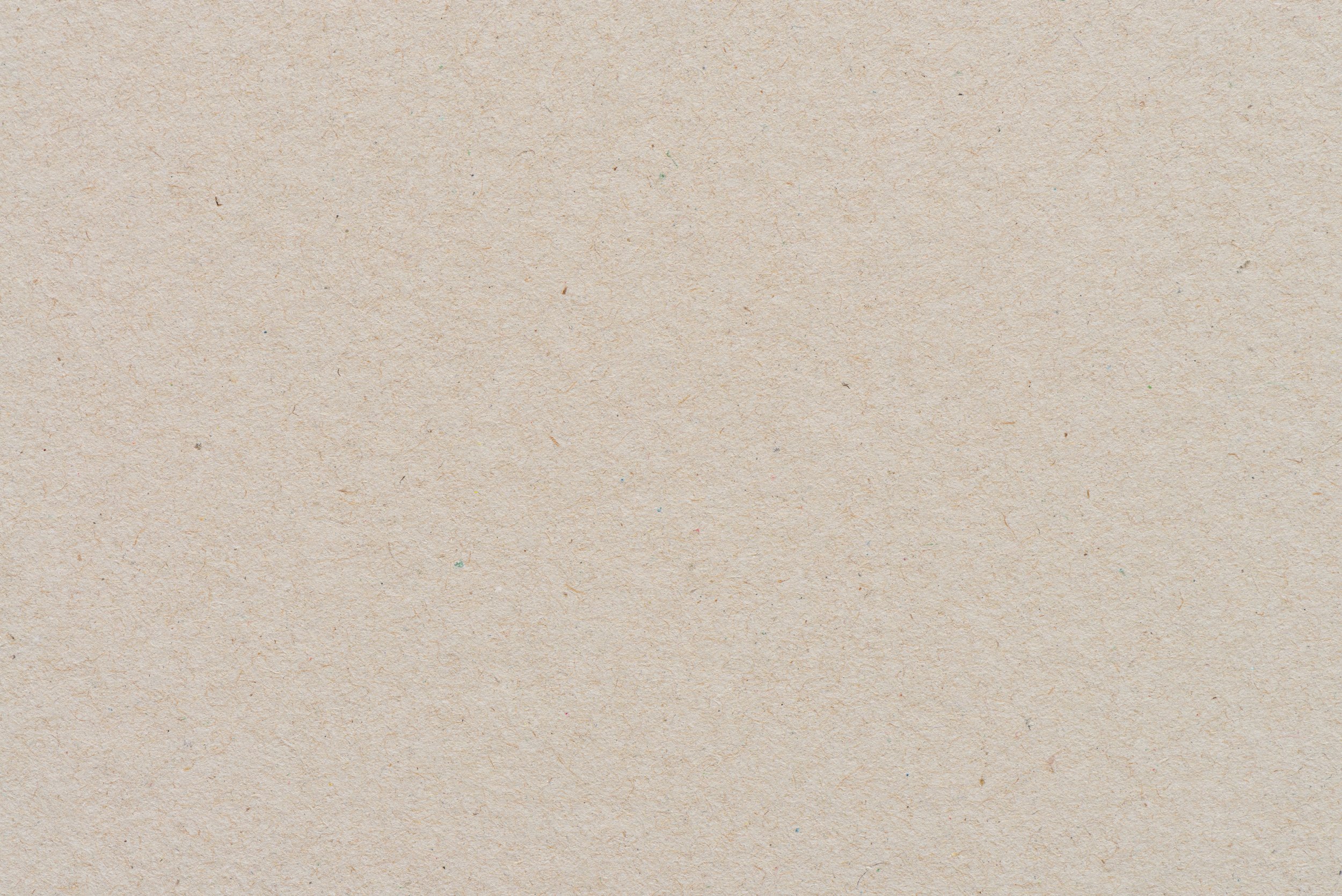
We’re Going on a Leaf Hunt!
LESSON 2
Children go on a nature walk to observe and collect colorful leaves, then preserve their leaves for future activities.
Basket for collecting leaves
Heavy books or leaf press
Beeswax for melting
Parchment paper
Rubbing alcohol
Blender
Jars
Paper towels or coffee filters
Materials
Preparations
Plan a location for a nature walk to collect leaves.
Gather materials
Plan and lead a nature walk for children to collect leaves.
Encourage children to engage their senses during the leaf collection.
Record leaf observations in a nature journal.
Support counting and math skills if older children choose to count leaves.
Oversee and ensure the safety of children during the beeswax dipping activity.
Provide guidance on the pressing process and supervise children as they complete it.
Objectives for Teachers
Children explore leaves and their changing colors.
Children select suitable leaves for pressing, and beeswax dipping.
Children engage their five senses to explore leaves (colors, textures, shapes).
Children may count the leaves collected (for older children).
Children arrange leaves between sheets of plain paper.
Children follow the process of pressing leaves.
Children learn how to store pressed leaves properly.
Objectives for Children

Collect and Connect
Practice singing/saying the poem with the actions you came up with.
Come, Little Leaves
“Come little leaves,” said the wind one day.
“Come over the meadow with me and play;
Put on your dresses of red and gold,
For summer is gone and the days grow cold.”
Soon as the leaves heard the wind’s loud call,
Down they came fluttering, one and all.
Over the brown fields they danced and flew,
Singing the sweet little songs, they knew.
-George Cooper

Activity Flow
Begin by taking your child on a nature walk to collect leaves. As you collect the leaves, encourage your child to use their 5 senses. Take a nature journal along with you, and write down what colors you find, how they feel (smooth, wet, bumpy, soft, crunchy, rough, etc.), the shape of the leaves (heart, fan, like a hand, oval, raindrop, etc.). If your child is older and able to count to higher numbers, you may choose to count how many leaves you collect. We will be using leaves to create a mobile, conduct a science experiment, and create leaf art later in the unit. So be sure to collect a lot! Feel free to collect over the course of a few days and different locations. You can always continue to add to your collection throughout the unit.
After you’ve returned home for your nature walk, you will want to preserve your leaves before they dry out and begin to shrivel.
Beeswax Dipping Method:
You'll need beeswax pellets or blocks, a double boiler or microwave-safe bowl, a paintbrush or tongs, and some leaves. The leaves should be dipped the same day you collect them.
If using a double boiler, fill the bottom pot with water and place the beeswax in the top pot. Heat gently until the wax is completely melted. If using a microwave, place the wax in a microwave-safe bowl and microwave in short, 20-30 second bursts until fully melted. Be careful not to overheat. Be cautious when working with hot wax and ensure adult supervision if children are involved in the activity.
Hold a leaf by its stem or use a paintbrush or tongs to dip it into the melted beeswax. Make sure to coat the entire leaf with a thin layer of wax.
Allow the excess wax to drip back into the container for a few seconds.
Place the waxed leaf on a piece of parchment paper or wax paper to cool and harden. It should only take a minute or two.
You can repeat the process with additional leaves to create more waxed leaves.
Once the wax is completely hardened, your waxed leaves are ready to use for crafts or decoration.
Pressing leaves instructions:
You will need leaves of your choice, a heavy book or a leaf press, and some sheets of plain paper.
Select leaves that are healthy, flat, and free from moisture or mold.
If the leaves are thick or have a lot of moisture, you can gently flatten them by placing them between two sheets of absorbent paper and pressing them with your hands.
Open the book or leaf press and lay a sheet of plain paper on one of the pages. Arrange your leaves on top of the paper, making sure they don't overlap.
Place additional sheets of plain paper on top of the leaves, sandwiching them between the paper layers.
Carefully close the book or leaf press, making sure the leaves and paper stay in place.
If using a book, you can stack more heavy books on top to apply more pressure. If using a leaf press, follow the manufacturer's instructions for applying pressure.
Leave the leaves undisturbed for at least a week, or longer if needed, to ensure they are completely dry and flat.
Carefully open the book or leaf press and gently remove the dried leaves. They should now be flat and ready for use in crafts or decoration.
To keep them in good condition, store your pressed leaves between sheets of plain paper in a dry, cool place.
3. The last thing you will do is prepare a fun science experiment and add leaves of each color to a jar.
Begin by separating the leaves by color (you don’t have to separate them all just enough to fill the bottom of a jar).
Tear up the leaves by color into smaller pieces and place them into a jar.
Fill the jar up with alcohol just enough to cover the leaves at the bottom, then add hot water to fill the rest of the jar about ½ full. Cover the jar and let sit overnight or until your next lesson.
As your next lesson approaches, place coffee filters or paper towels in the jar and observe how it absorbs the pigment from the leaves.






